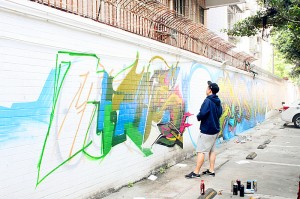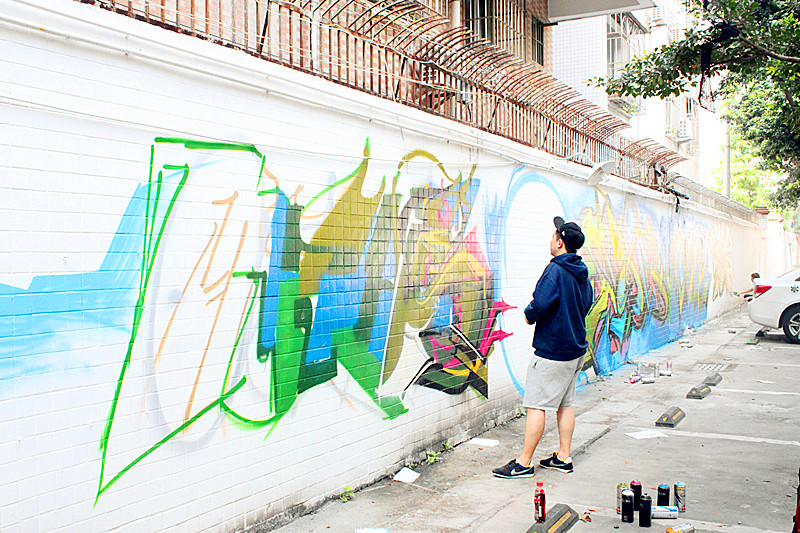Seasonal English teaching program makes big contribution to Shenzhen’s music scene
Posted: 04/26/2013 1:00 pmChances are that if you live in Shenzhen and you are an expat, you will have come across someone from CTLC. Perhaps it was the over-enthusiastic crowd of youthful-looking Americans in Coco Park or maybe it was that earnest backpack-wearing laowai conversing seriously, phrasebook in hand, with a corner store attendant in the outer districts of the city.
CTLC stands for the Center for Teaching and Learning in China. It is a teaching program that places foreign teachers in Shenzhen public schools. It began in 1998 with a group of 13 teachers who came out to Shenzhen as part of a work/study semester abroad trip with the University of Memphis. A bit later, it expanded to 50 teachers and a coordinator to look after them. Not long after that, it absolutely exploded.
There was a time (accounts vary, but let’s say about 2008/2009 to be sweepingly general) that if you stumbled across a foreigner in Shenzhen there was almost a 50/50 chance they were from CTLC. They were everywhere. Now that there are more foreigners in Shenzhen, CTLC doesn’t have quite the monopoly on foreigners it once did; but even in its current incarnation it still has a very big footprint. Aside from teaching, the one area CTLC has had a massive impact is the local music scene. Venues like Rapscallions, McCawley’s, La Casa and Frankie’s all owe a great debt to CTLC and continue to feel the program’s presence when it comes to acts playing and audiences coming to see them. La Casa was one of the first places to start up with open mics, closely followed by Rapscallions when it opened in 2011.
To my mind at least, 2011/2012 was something of a breakthrough year for local music in Shenzhen, largely due to timing, the talent, and availability of artists. CTLC was definitely a vanguard of that sea change, mostly due to the sheer size of the program and the kind of talent that comes along with it.
Not long after the program relocates to Shenzhen (August each year) you start finding more and more of the program’s members turning up both on and off stage at open-mic nights. Moreover, CTLC acts as one big social network, so the sheer amount of bodies the program can pack into a room iis a welcome boost to any venue. To be honest, it’s probably a key factor in why so many venues started doing things in such a short space of time. Musicians + alcohol + large audience support, will always = happy venues.
Essentially, CTLC works because it has a wide-range of talent ripe for cherry-picking by Shenzhen musicians already on the scene. In 2011, a certain threshold was reached, and the scene has never looked back. Current local bands like BRUE, The Friendly Cannons and InFuze each have their fair share of CTLC members, and there are other bands who’ve already come and gone.
At the heart of this is the familiar rhythms of expat life that many expats will recognise. CTLC is a year-long program. Many teachers stay for more, but most do not. In terms of the musical scene in Shenzhen, CTLC’s best feature is also its worst. Year after year incredibly talented musicians turn up, but year after year they also leave. It’s the nature of the beast, and there is something almost heartbreakingly profound in it. As someone who has lived in Shenzhen both within and without CTLC I can say the only thing to do is make the most of it while it lasts, whilst simultaneously holding fast to the knowledge that something else equally unique – though very different – is just coming into view over the horizon.
In short, the local music scene in Shenzhen, aided in no small part by the CTLC program, has never been in better health. You should go enjoy it in its current incarnation while it lasts, as this time next year it will be a very different creature altogether.
More info on the local music scene at shenzhenlocalmusic.com

 0
0




 1K
1K








